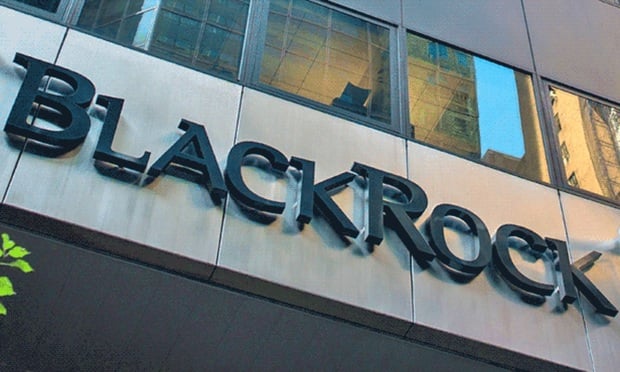 Total household retirement savings have increased but what is disconcerting is what people estimate their needs are, and how they arrive at those estimates.(Photo: Getty)
Total household retirement savings have increased but what is disconcerting is what people estimate their needs are, and how they arrive at those estimates.(Photo: Getty)
Ten years ago, Lehman Brothers filed for Chapter 11 bankruptcy, an event commonly regarded as the straw that broke the camel's back, sending equity markets and ultimately the economy into a tailspin that resulted in the deepest recession since the Great Depression.
Now, household income is at record highs, wage growth is the fastest in a decade, and average 401(k) and IRA account balances top six figures for the first time on record.
But are Americans better prepared for retirement today than they were at the front of the Great Recession?
That's the question The Transamerica Center for Retirement Studies, a nonprofit funded by Transamerica Life Insurance Company, set out to answer in a recent paper comparing its data from 2007 to 2017.
The answer? By many real measurements, Americans are better positioned for retirement today. But “better” comes with asterisks.
Total household retirement savings have increased considerably. In 2017, median savings were $70,000, compared to $47,000 in 2007.
Millennials saw a four-fold increase, from $9,000 to $36,000. Gen Xers saw their median savings more than double, from $32,000 to $71,000, as did Boomers, whose savings increased from $75,000 to $157,000.
While impressive, TCRS's analysis acknowledges that workers are “not saving enough to fully fund their retirement income needs.”
Perhaps more disconcerting is what people estimate their needs are, and how they arrive at those estimates.
In 2007, the median estimate of what savers felt they needed to fruitfully survive retirement was $650,000. By 2017, the number was $500,000.
Before the recession, about half of workers said they guessed at their estimations. Another 22 percent based their retirement needs on current living expenses, and just 10 percent used a retirement calculator to arrive at their number.
Despite the broad initiatives from service providers, employers, and efforts by regulators and lawmakers, those numbers remained largely unchanged in 2017.
Plan participation, deferral rates hold steady, while leakage occurs at high rate
Participation rates for workers with access to an employer-sponsored retirement plan held steady during the decade, around 80 percent. Average deferrals increased from 8 percent to 9 percent.
Plan leakage, in the form of loans or early withdrawals, happened for 30 percent of savers in 2017. TCRS did not break that number out in its 2007 research.
Employer sponsorship of plans remained unchanged—72 percent. TCRS noted a slight increase in the incidence of employer matches—from 80 percent in 2007 to 84 percent in 2017.
Catherine Collinson, CEO of TCRS and author of the study, says the fact that plan sponsorship did not plummet as the economy recovered from recession is testament to the strength of the defined contribution retirement system.
“Our nation's retirement system and, specifically 401(k) plans, demonstrated strong resilience throughout the Great Recession and subsequent economic recovery. Plan sponsorship rates among employers remained steady – and some employers enhanced their plans with additional features,” writes Collinson.
Of those companies that did not offer a plan in 2017, only 27 percent reported they were likely to sponsor a plan in the next two years. The size of the company and the cost of offering a plan were cited as reasons for not offering a savings plan. But when asked whether they would join a multiple employer plan, 25 percent said they would consider doing so.
Notably, automatic enrollment as a design feature decreased over the decade, from 23 percent to 20 percent. But the median default rate for those plans that use the feature increased from 3 percent to 5 percent.
TCRS's study found that large numbers of savers and employers are still recovering from the Great Recession. More than half of savers said they had not fully recovered, including seven percent that claim they may never fully recover. In 2017, half of employers told TCRS that they are still recovering from the recession.
© Touchpoint Markets, All Rights Reserved. Request academic re-use from www.copyright.com. All other uses, submit a request to [email protected]. For more inforrmation visit Asset & Logo Licensing.







